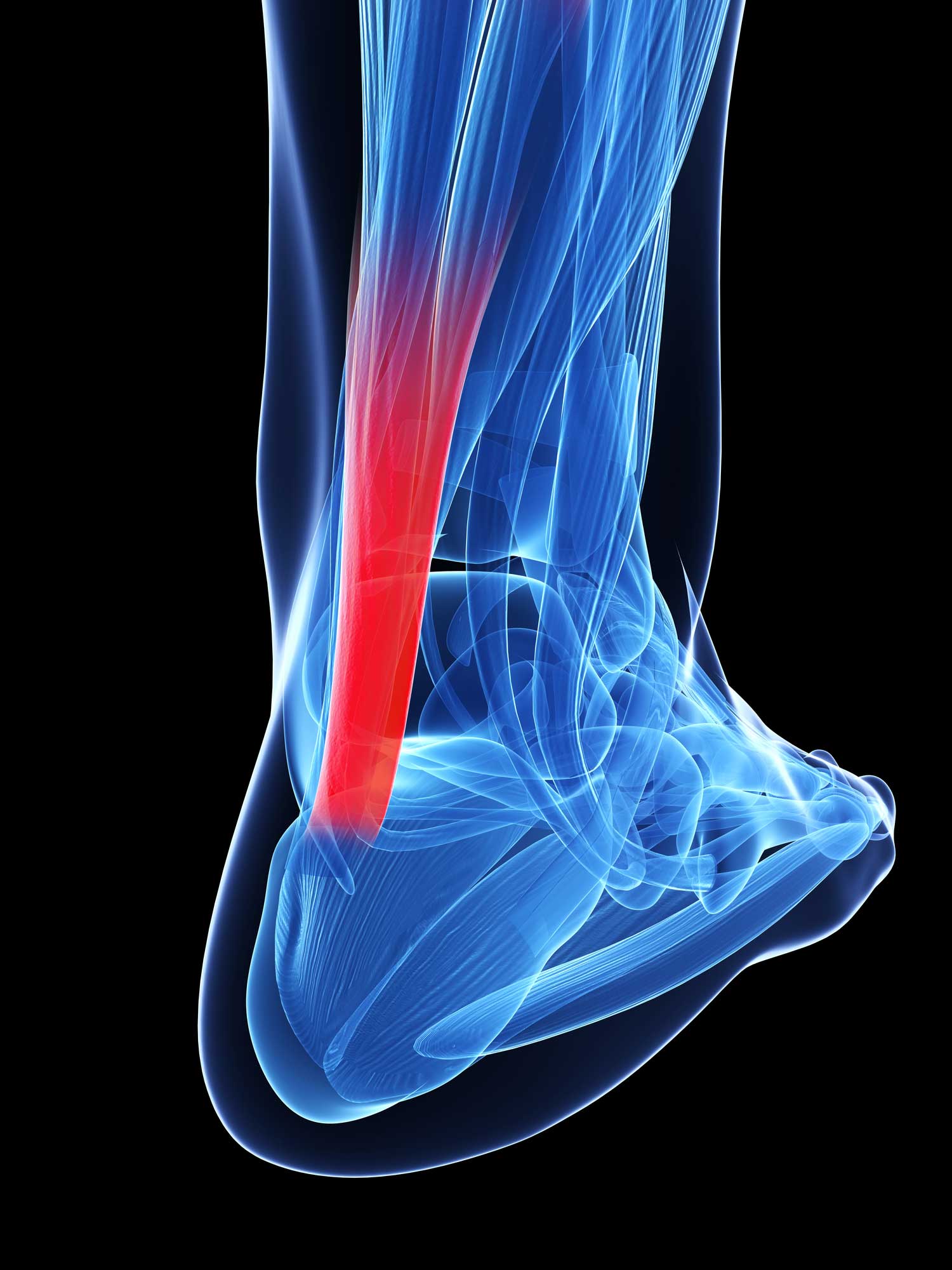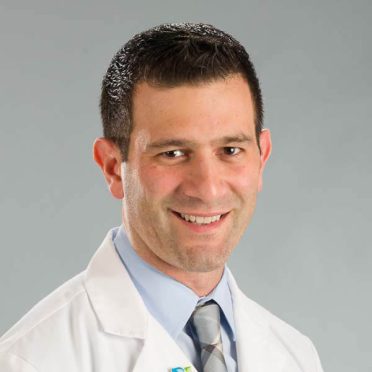Our weekly NFL report evaluates injuries to players of local (Patriots, Giants and Jets) or national interest with commentary by a sports orthopedic specialist from the Bone & Joint Institute at Hartford Hospital. Sign up for automatic delivery to your inbox (click here and scroll to “Free email newsletters”).
Player: Richard Sherman, Seattle Seahawks cornerback.
Injury: Ruptured right Achilles tendon.
How it happened: Sherman made a quick move to defend a pass to Cardinals wide receiver John Brown when he collapsed to the ground in the third quarter of Seattle’s 22-16 victory Nov. 9. Sherman, who had not missed a game in an NFL career that started in 2011, said the Achilles had been troublesome all season. “When it goes, it goes,” he told reporters. “I’ve put a lot of stress on it. Think it would have gone eventually.”
Expected time missed: Sherman is out for the season. The injury could also jeopardize his career. A 2009 study of 31 players with an Achilles tendon rupture found that 21, or 64 percent, returned an average of 11 months after the injury. The remaining players, a third of the study, did not play again. Those who did play again appeared in fewer games and registered lower performance ratings than in the three seasons before their injury. Sherman’s injury also punctuated an ongoing debate about Thursday Night Football injuries and complaints that players’ bodies do not have sufficient time to recover from the previous game.
Dr. Clifford Rios, Bone & Joint Institute orthopedic surgeon and board-certified in sports medicine: “I don’t see Sherman playing as ‘the best corner in the league,’ if at all. He is going to lose his explosiveness and agility. With the big 3-0 looming (Sherman turns 30 next March), I do not see his prognosis to play very good, at least not in a Seahawks uniform.”
What’s the Achilles tendon?: It’s the largest tendon in the body, thick connective tissue extending from the bones of your heel to your calf muscles. It supports an athlete’s entire body weight. It also aids balance and supports the ankle joint for running, jumping and other activities. Any injury is usually non-contact, with a foot planted.
Achilles Injuries: The tendon can become inflamed, strained, partially torn or ruptured completely.
Tendinitis: Inflammation typically caused by overuse. You will feel the pain whether standing or walking. A professional athlete usually misses 2 to 4 weeks. Anti-inflammatory medications are the go-to treatment.
Strain: An overstretched Achilles that’s often a warning of something worse — a tear.
Grade 1: Mild, with few torn tendon fibers. It produces some tenderness and sometimes minor swelling.
Grade 2: Less than half of tendon fibers torn, causing pain, tenderness and some swelling. Most activities (walking, running or jumping) are accompanied by pain.
Grade 3: A full rupture, often with a “pop” or other sensation in the calf area. You no longer have the power to walk, much less run or jump.
How is a ruptured Achilles repaired?: When surgery is required, doctors make an incision over the torn tendon, realign the tissue and sew it together. The tendon remains in no shape to support the body’s weight — most patients use crutches for about six weeks, followed by a walking boot. Physical therapy is a vital component of rehabilitation, with light running or jogging about six months after surgery. More intense physical activity begins anywhere from one to three months later.
“Muscles and tendons are in a constant balance of damage and regeneration,” says Dr. Rios. “When the scale tips too far toward damage, without adequate time for regeneration/repair, injury happens. This can be due to repetitive overuse (microtrauma) or a single traumatic event. A chronically inflamed tendon is more prone to acute rupture. There are other modalities — ultrasound, iontophoresis, eccentric strengthening, etc. that help — but inadequate recovery time before significant stress is going to cause injury eventually.”
Thursday Night Football And Recovery Time: Sherman, in a December 2016 article headlined “Why I Hate Thursday Night Football” he wrote for the The Players’ Tribune, called Thursday Night Football “terrible” because of the injury risk. “Maybe the league should take away one preseason game and add a second bye week for each time, which would occur before its Thursday game,” Sherman wrote. “That way, at least teams would have a full week to recover and prepare.”
Dr. Rios: “I agree completely with him. Football is one of the hardest sports on the body. Adequate rest between contests in critical. This is why pro and most college teams do not do contact practices once their season begins. These guys are always on the brink of injury and a short week increases that risk. In my opinion, teams with a Thursday game should get a bye week so no one is playing Sunday, then Thursday. The NFL will always deny the role of the game/schedule on risk of injury. It is bad for business.”
Which Recovery Is More Difficult, Torn Achilles or Torn ACL?: “Tendon repair rehab is different than ligament (ACL) reconstruction,” says Dr. Rios. “A tendon repair requires limited mobility for a period of time. Trying to ‘stretch’ immediately after a tendon repair will only put the repair at risk for failure. Early on, the repair site is the weak link in the system.
“Generally speaking, an athlete can progress to obtaining full motion immediately after ACL reconstruction. There are a lot of strengthening/muscle stimulation exercises that can occur immediately/soon after ACL reconstruction. An athlete needs to wait months before strengthening after Achilles repair so the repair site doesn’t come undone.
“If the tendon lengthens even a short amount (through the repair site), there will be more slack in the muscle and the muscle will be less effective. In addition, nearly all other strengthening of the lower extremity (bike, squats, etc.) need to come to a halt because these would stress the Achilles repair.”
Dr Clifford Rios, a sports medicine surgeon with Orthopedic Associates of Hartford, is Site Director for orthopedic resident education at the Bone & Joint Institute. Click here to find out why the Bone & Joint Institute is the athlete’s choice, with a Motion Lab for performance analysis, the area’s most comprehensive sports rehabilitation facility and 30 fellowship-trained orthopedic surgeons.


